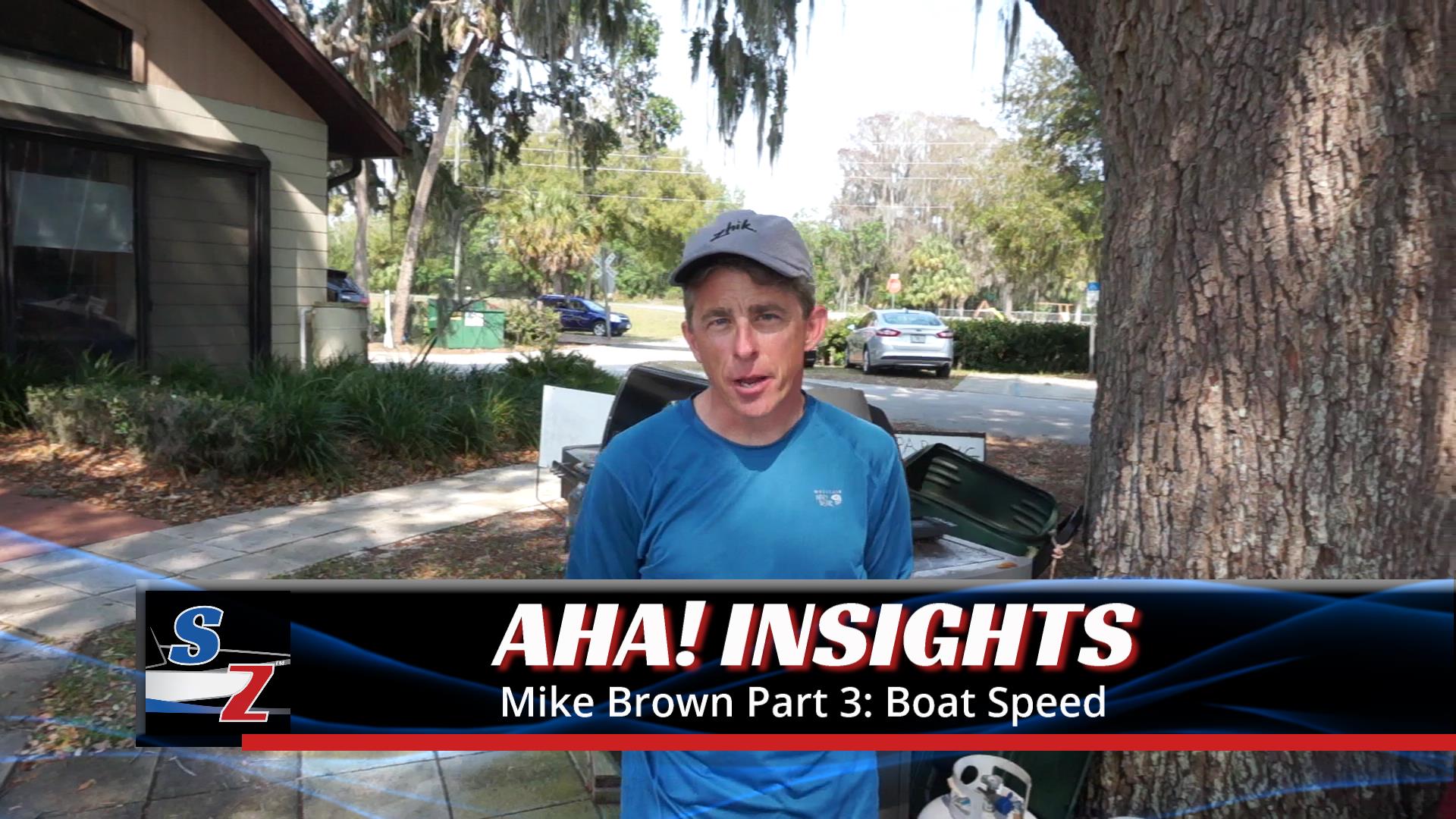Many new sailors ask us what “vang sheeting” means. More experienced sailors understand the term, but may not execute it well. We found a video from the International Sailing Academy (ISA) that illustrates the technique on the water. We highly recommend you watch this eight-minute video. Highlights include why/when you must vang sheet, two techniques for easing the mainsheet, and how to avoid three common mistakes.
Although this video shows vang sheeting in a Laser, the technique is applicable to all small racing boats. Seeing these techniques in a responsive boat like a Laser reminds us how active we must be to get it right.
What is Vang Sheeting and When Do I Use It? (00:00)
- The video shows how the vang keeps the sail flat when easing the mainsheet. Vang sheeting is simply using the ease, hike trim response in combination with enough vang tension to keep the sail de-powered (flat) when easing the mainsheet.
- Shows the ineffective technique of trying to steer through puffs and contrasts it to a more effective ease, hike, trim response.
- Explains that the technique applies in any condition that will slow the boat, such as a puff, wave impact, or at the top of a swell before bearing away.
- A chart of sail trim settings shows that you begin to use vang sheeting when you are de-powering, but after having tensioned vang, outhaul, and cunningham.
- Illustrates the independent motions of easing and hiking.
Two Ways to Ease and Trim (02:40)
Easing and trimming properly requires good technique. The video shows two methods. Learn how to use each method using the drills shown in the video.
- Straight arm method: hold mainsheet near chest. Ease by straightening your arm without changing grip. Hike while easing. Sheet back in when up to speed. Since you’re not changing your grip, you can quickly and accurately ease and trim the sheet.
- Drop catch method: ease sheet more quickly by loosening grip and letting the sheet slip through your fingers. Hike while easing. Catch sheet and then trim back in with hand over hand technique. This method is less accurate but is needed for bigger impact gusts and waves.
Three Common Mistakes and How to Avoid Them (06:55)
- Easing sheet more than required – angle of heel doesn’t stay constant. To avoid, ease a small amount early in anticipation of change.
- Bearing away instead of sheeting back in – lose distance to windward. To avoid, be ready to sheet back in rapidly.
- Not enough vang tension – makes sail fuller when you ease. Add more vang tension to avoid.
Drill to Practice Vang Sheeting (08:20)
This drill is essentially the same as described in our post Try the “No-Hike Hands Drill” for Better Puff Response.
Vang Sheeting vs. Vang Snugging
Vang snugging is not covered in the ISA video but fits nicely in this topic. When you are fully powered up but not over-powered, you should snug the vang just enough to limit boom rise without flattening the sail. If you snug just right, the boom will rise slightly with your first 1-3” of mainsheet ease. This makes the sail fuller for more power in a lull. In a puff, if you ease more than 3”, the boom will begin to move to leeward, depowering you. Eddie Cox, Will Demand, and Dave Ullman discuss this in the posts noted below.
Related Content
Sail Settings Charts by International Sailing Academy This chart provides sail trim settings throughout the wind range for a Laser. The chart provides great insights on the sequence of using sail controls for any cat-rigged boat.
MC-Scow Southeast Regional Regatta: Race Course Notes – discusses vang sheeting. Eddie Cox discusses vang snugging.
MC Scow Midwinters – Race Course Notes from Will Demand – discusses vang sheeting vs. traveler sheeting
Boat Speed with Dave Ullman and Roble / Shea Sailing – discusses vang snugging and the need to ease vang slightly in extreme conditions
Puff Response: Variations on Ease, Hike, Trim – this post does not discuss vang sheeting specifically but covers other nuances of puff response.





